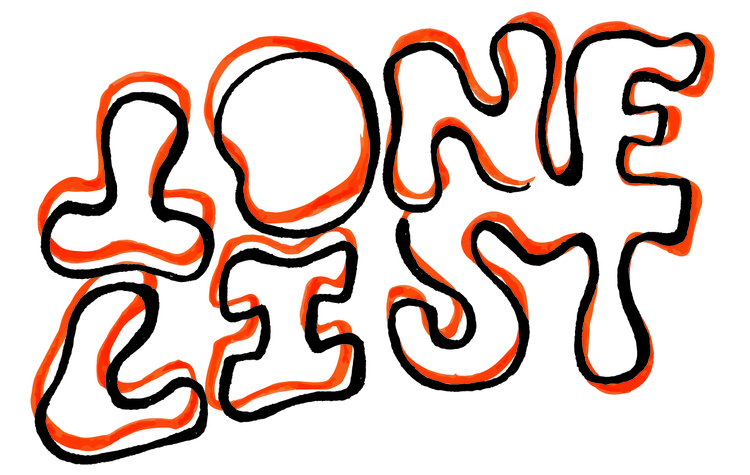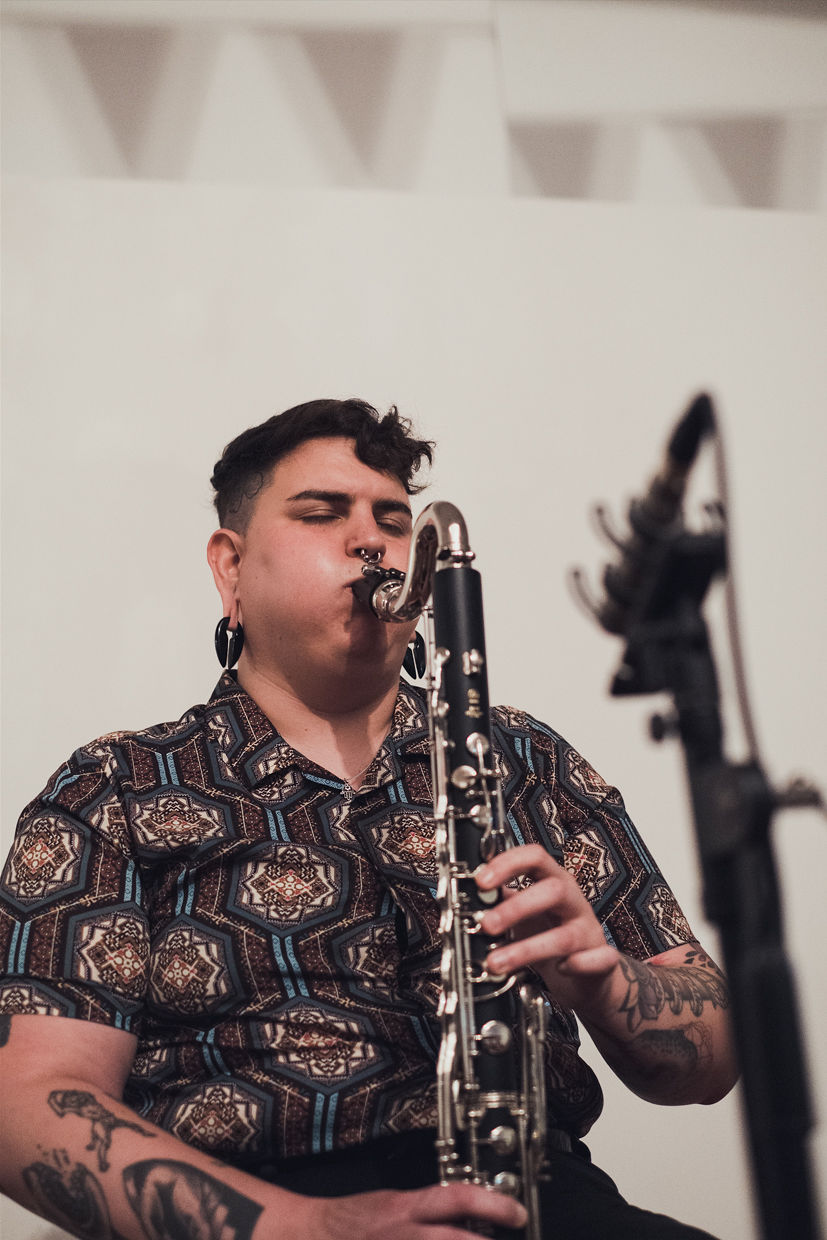Audible Edge 2019
#74 - France Jobin, Plant and Original Past Life at Audible Edge 2019
#65 - Audible Edge 2019: Triple Launch
#64 - Andy Butler 'Now and Then'
in interviews
Audible Edge 2019 composer-in-residence Andy Butler shares thoughts on his work for the festival, Now and Then. The piece will be performed by Butler along with Annika Moses, Djuna Lee, Josten Myburgh and Jameson Feakes on January 28 at the Old Customs House.
When I started to write Now and Then, I had in mind something quite personal — a slow song reflecting thoughts and anxieties about different kinds of uncertainty. After writing lyrics and beginning work on an accompaniment, I quickly became attached to the piece’s musical forms at the expense of its lyrical-melodic content, which I decided to erase. From that point onward, I developed the work as an instrumental piece removed from the themes that motivated its conception. The only thing leftover from the early compositional period is the title, which I kept as a nod to what I removed. It felt appropriate to do that, because the erased material did nevertheless do something important: it inspired and guided the structure and nature of the music, and so it maintains a shadow existence in the bones of the piece.
So far as the music is concerned, I think it is best conceived of as a reflection of my practice as a solo-improviser; as an application of similar processes and contents to a notated, ensemble setting. Described simply, this approach involves the selection of a fairly small number of ideas, which are then repeated and reordered throughout a performance, usually with very limited variation of the ideas themselves. In Now and Then, I employ this approach by limiting the musical raw materials to eight ideas, which are articulated and rearticulated throughout the work in an uneven, disorderly sequence. The ideas themselves began as transcriptions of improvisations, which I fine-tuned and orchestrated for harmonium, guitar, voice, electronics, saxophone, and bass. This instrumentation struck me as a good combination to express what I’d transcribed — a sound-world of soft, layered long-tones.
Because my creative work is mostly undertaken in an improvised setting, my capacity for musical expression is usually constrained by my limitations as a spontaneous creator and keyboardist. Reimagining my work in a notated, ensemble setting is appealing because it allows me to surpass these limitations. New timbrel possibilities emerge, so does the possibility to express my ideas in a way that is communal, rather than individual. I find this communal element especially appealing, partly because I enjoy working with other musicians, and partly because performers’ interpretations of my ideas often lead to interesting reworkings of that content, shedding new light on what is, to me, very familiar material. This latter point motivated many of my compositional decisions in Now and Then. For example, I have generally afforded a lot of rhythmic latitude to the performers, there are passages of improvisation, and certain melodic phrases are expressed as vague outlines, leaving many consequential decisions to the performer.
My aspiration is for Now and Then to provide an opening to a particular sort of consciousness. I associate this kind of consciousness with my most memorable experiences playing improvised music, times where it felt as though the music was playing itself. During experiences like these, no forethought underlay any of my decisions and there was the sense that I was simply executing ideas that were being relayed to me from some other place. As a process it is deeply intuitive, almost sensory. It is a state of mind that I have also experienced as a listener, albeit in a more passive way. In these cases, the feeling is one that is strongly opposed to any analytical or intellectual impulse; it is something I associate with a feeling of immersion, a relieving sense of switching-off. I hope Now and Then manages to take people to similar places.











